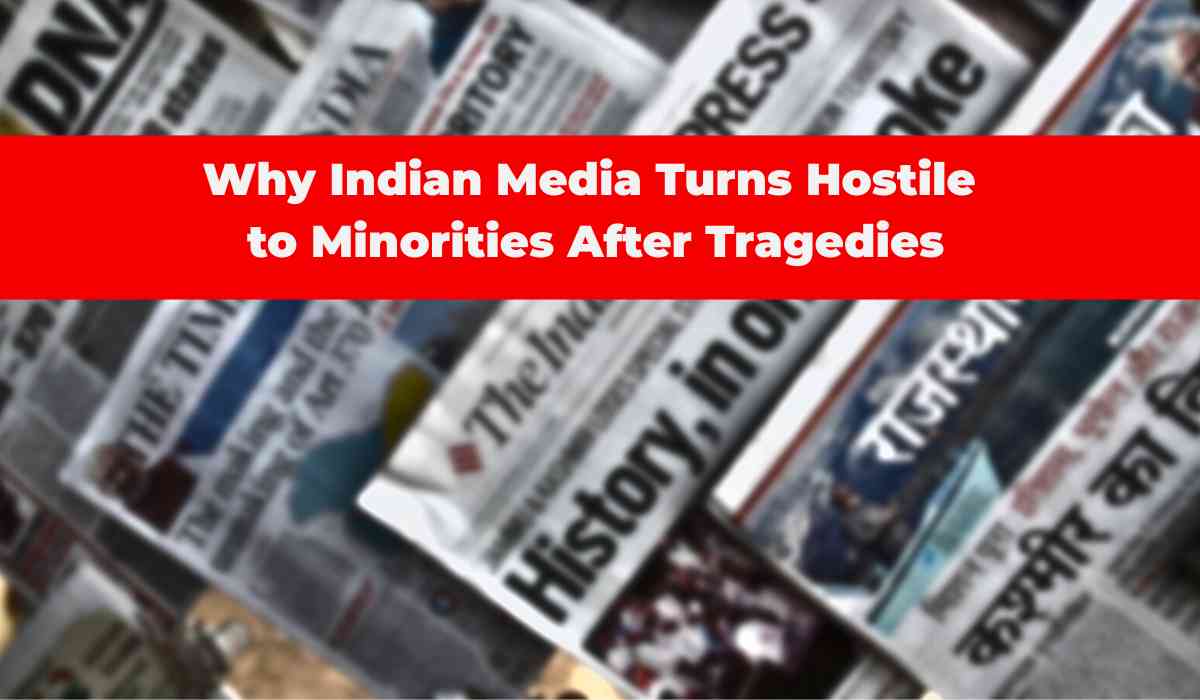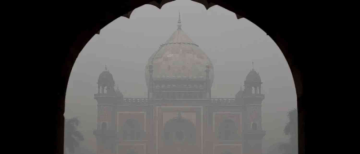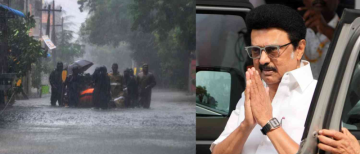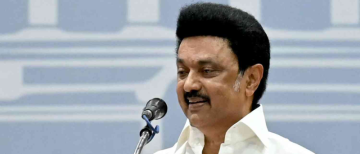India’s media landscape is complex and influential, shaping public opinion significantly during times of tragedy. However, a recurring concern is the often unhinged and hostile response by some sections of the Indian media towards minorities, especially Muslims, following tragic events. This phenomenon raises important questions about media ethics, social cohesion, and the role of journalism in a diverse democracy.
Why Does Indian Media’s Response Tend to Target Minorities?
Historical and Political Context
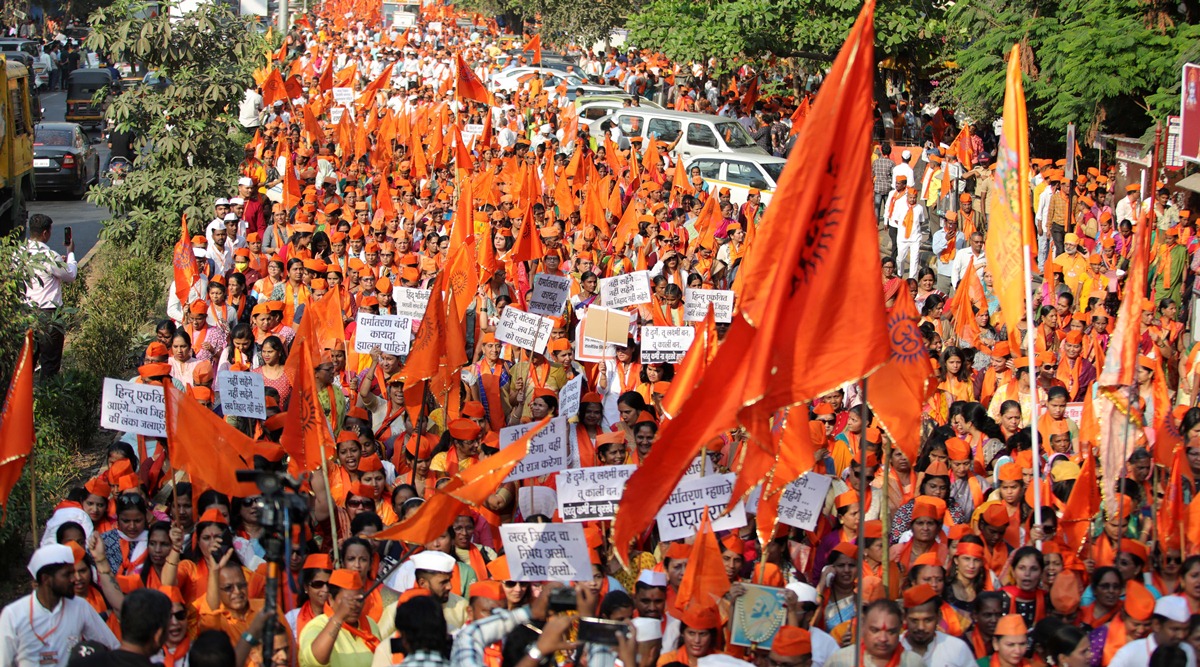
India is a country of immense diversity, with multiple religions, languages, and cultures coexisting. Yet, communal tensions have periodically surfaced, often exacerbated by political narratives. Since Narendra Modi and the Bharatiya Janata Party (BJP) came to power, there has been a noticeable rise in Hindu nationalist rhetoric, which some analysts link to increased Islamophobia and discrimination against minorities. The media, in many cases, mirrors or amplifies these political currents, sometimes becoming a tool for spreading divisive narratives rather than fostering understanding.
Sensationalism and "Tabloidization" of News
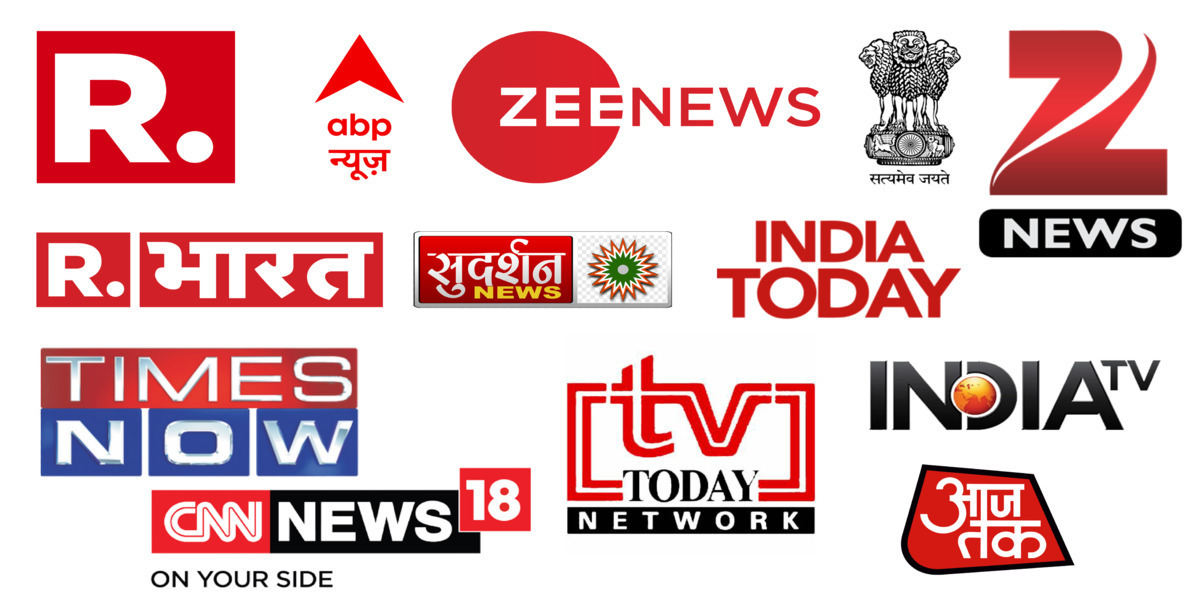
The Indian media environment has been criticized for its sensationalist tendencies, especially in television news. The coverage often prioritizes dramatic, emotionally charged stories over nuanced reporting. In disaster or violence-related news, this can lead to exaggerated or biased portrayals that unfairly implicate minority communities. For example, during the Nepal earthquake, Indian media was accused of insensitive and jingoistic coverage that overshadowed the actual humanitarian crisis and alienated the affected people.
Islamophobia and Media Narratives

Image Source - Newslaundary
Research shows that since 2014, there has been an increase in Islamophobic content in Indian media, with some channels and outlets legitimizing violence against Muslims and other marginalized groups. This is not merely a spontaneous reaction but part of a broader ideological narrative that some media houses seem to endorse or fail to challenge. Such reporting often involves selective outrage, where violence against minorities is either downplayed or framed as justified, while similar acts against majority communities receive more sympathetic coverage.
Political Influence and Media Bias
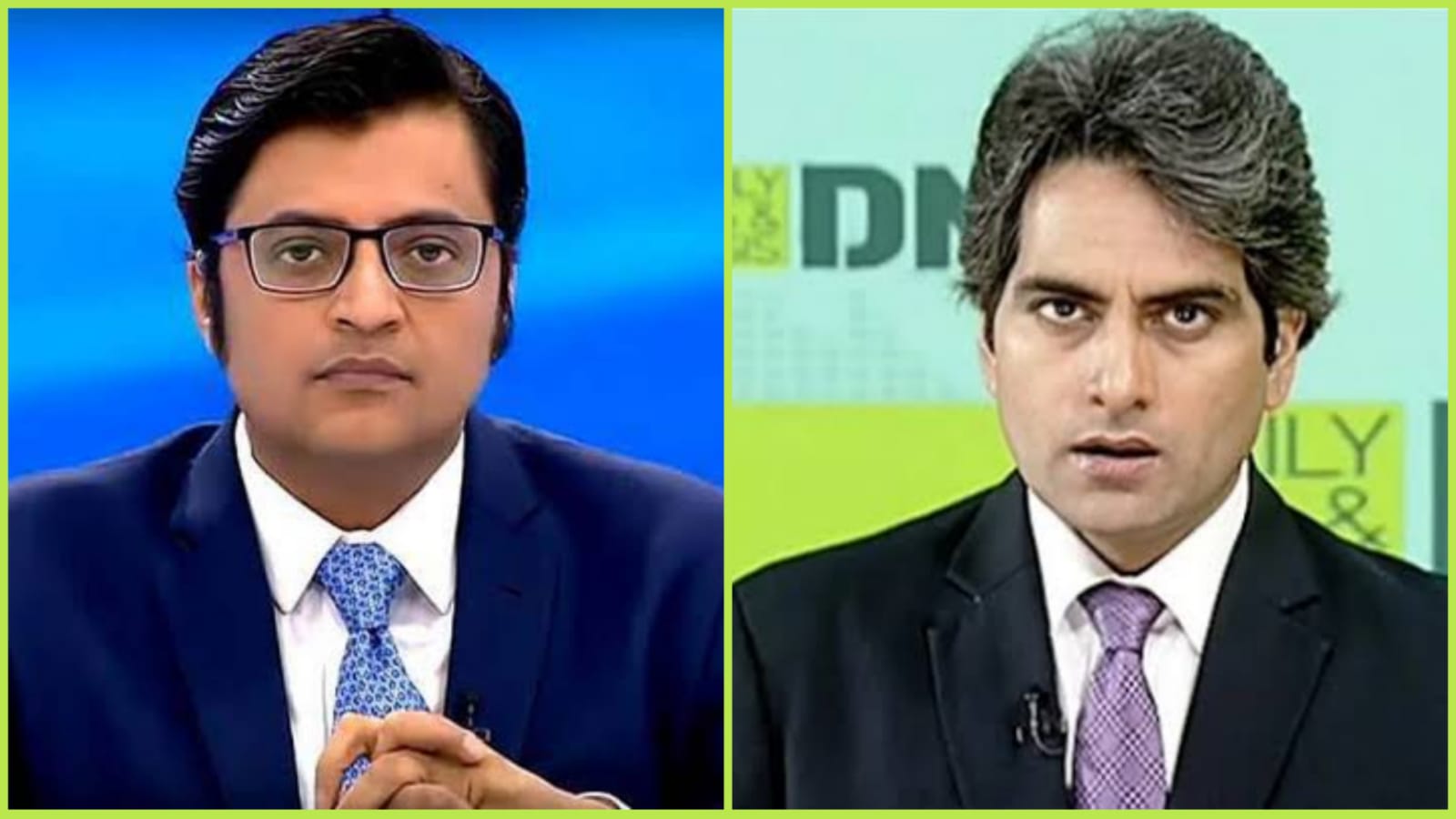
Many Indian media outlets are perceived to be aligned with political interests, particularly those supporting the ruling party. This alignment can lead to biased reporting, where minorities are scapegoated during times of crisis to deflect attention from systemic issues or government shortcoming. For instance, coverage of communal violence or protests involving minorities is often framed to emphasize their alleged culpability, fueling public hatred rather than promoting reconciliation.
Consequences of Such Media Behavior

-
Social Polarization: Hostile media narratives contribute to deepening communal divides, increasing mistrust and fear among communities.
-
Erosion of Journalistic Integrity: When media prioritizes sensationalism and political loyalty over facts, it undermines public trust in journalism.
-
Impact on Minorities: Negative portrayals can lead to real-world consequences, including discrimination, violence, and marginalization of minority groups.
It is crucial to recognize that not all Indian media behaves in this manner. There are journalists and outlets committed to fair and responsible reporting, and many citizens actively oppose communal hatred. Additionally, the media’s role is not just to report but also to hold power accountable and foster social harmony. The challenge lies in encouraging media self-reflection and reform to reduce sensationalism and bias.

Image Source - india.in.pixels
Conclusion
The Indian media’s often unhinged and hostile response towards minorities in the wake of tragedies is a multifaceted issue rooted in political, social, and economic factors. Sensationalism, political influence, and entrenched prejudices contribute to narratives that fuel hatred rather than healing. For India’s democracy to thrive, the media must strive for balanced, respectful, and fact-based reporting that respects the country’s diversity and promotes unity.
By understanding these dynamics, readers can critically engage with media content and advocate for a journalism that supports justice and communal harmony.
With inputs from agencies
Image Source: Multiple agencies
© Copyright 2025. All Rights Reserved Powered by Vygr Media.

